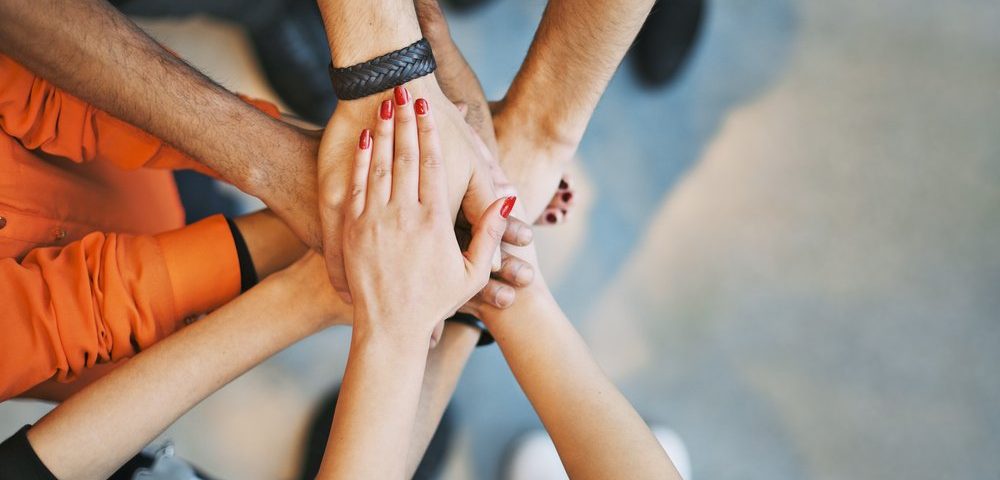-
No Longer a Lonely, Rare Disease; ALS Finds Strength in a New Community

If we pALS (people with ALS) think we’re the only ones living with a rare disease, we need to change our perspective.
An estimated 25 to 30 million Americans are living with a rare disease — that’s roughly the same number as those with type 2 diabetes or, 8 percent of the population. But rare diseases are often invisible diseases, and patients are frequently misdiagnosed and underdiagnosed. In a February 2019 interview with Bionews Services, Ari Zimran, MD, director of the Gaucher Clinic at Jerusalem’s Shaare Zedek Medical Center, said that “Only 5 percent of the 7,000 known rare diseases have effective treatments …”
Fortunately, rare disease communities have discovered their strength by joining together for advocacy, funding, and shared research.
Are you aware of the Rare Disease Community? Have you read recent articles about their initiatives? Do you think ALS will benefit by becoming part of a greater whole – – or should we stay seperate?
http://alsnewstoday.com/2019/06/18/changing-perspective-rare-disease/
Log in to reply.
